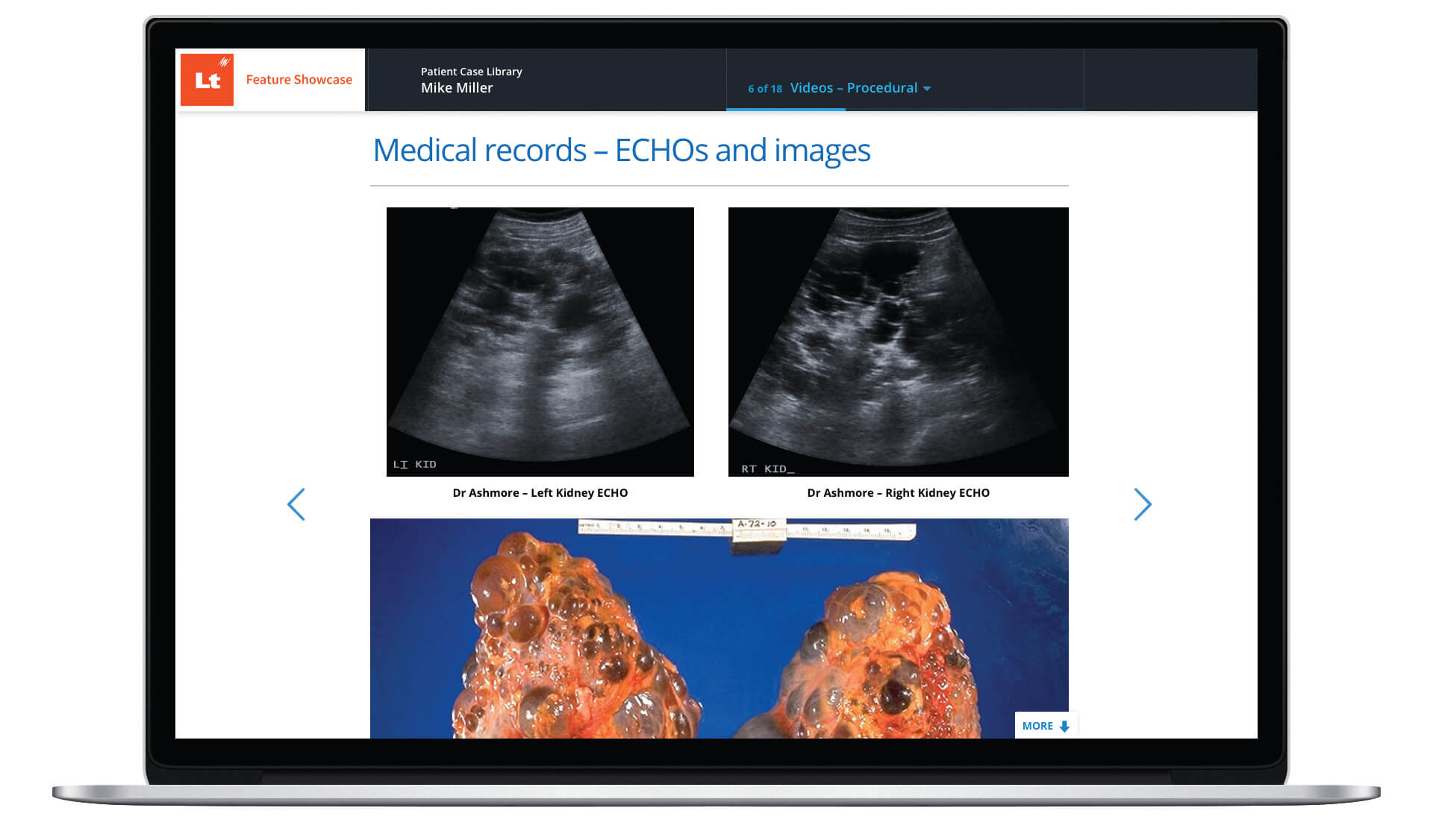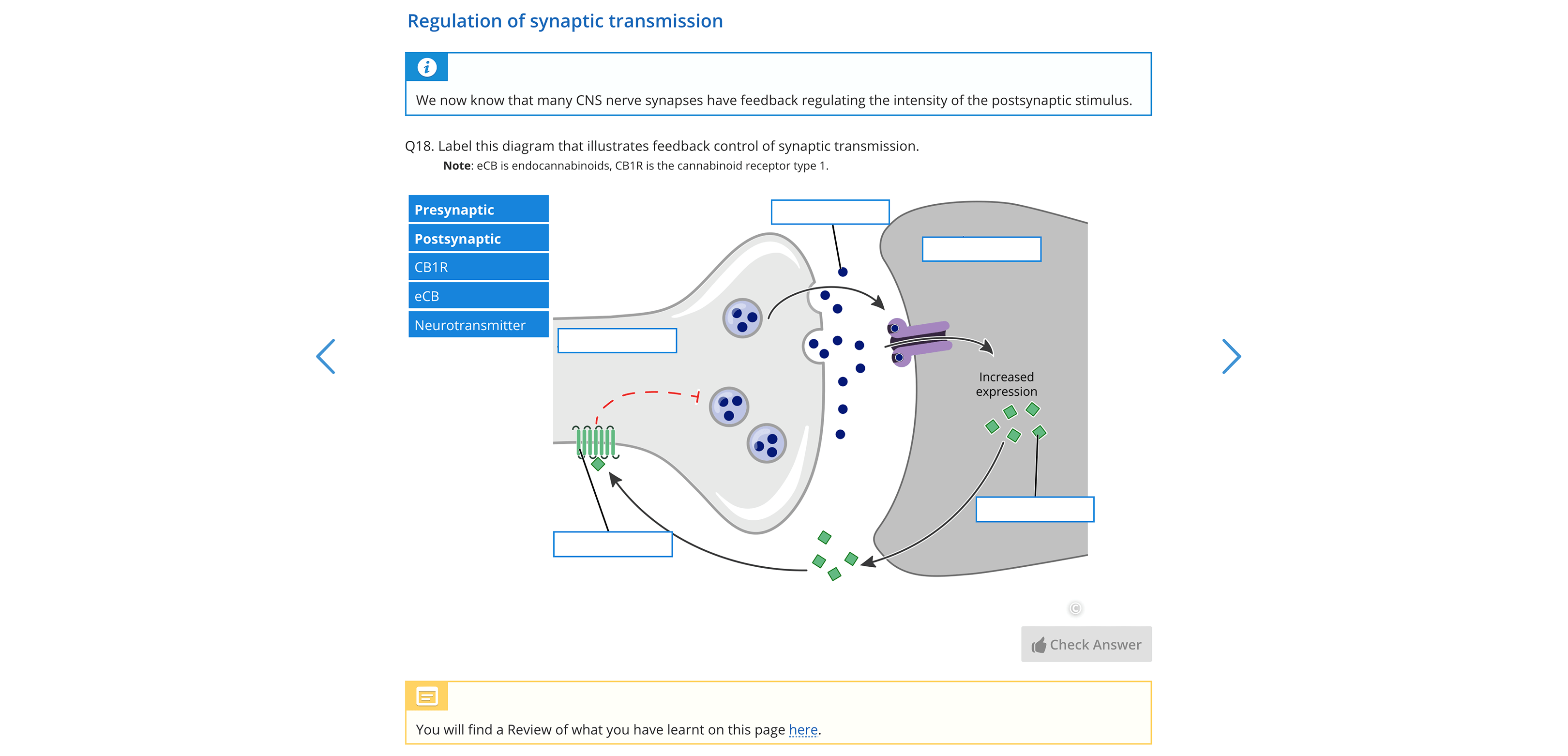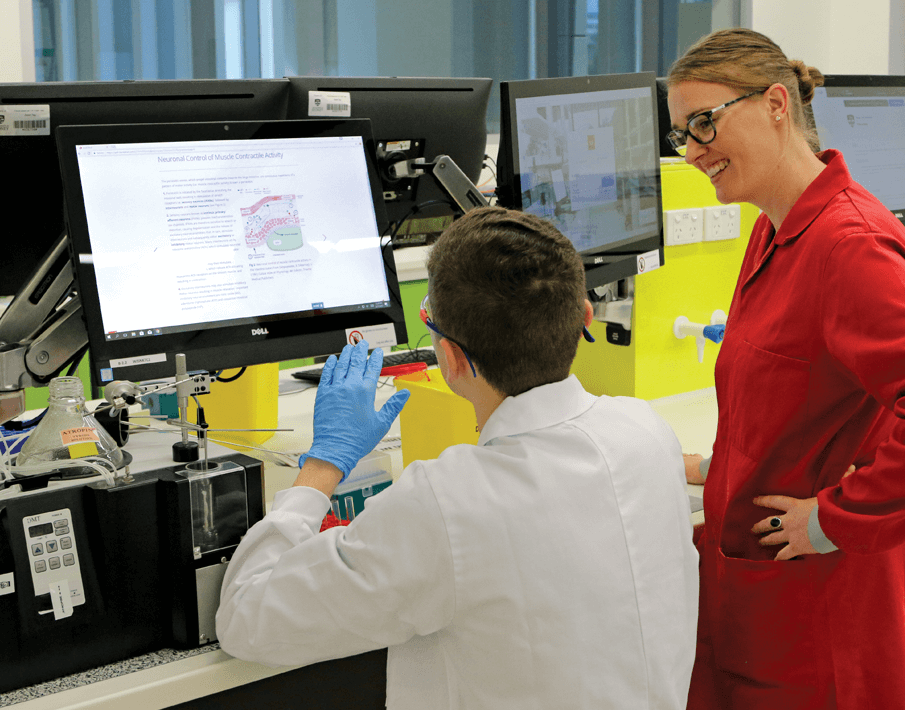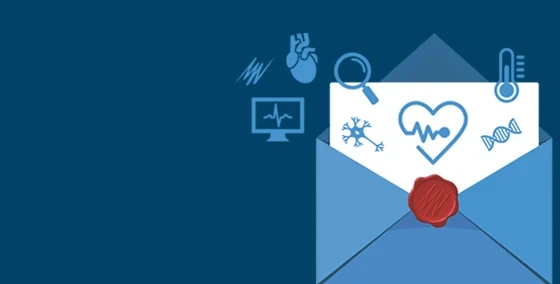Dr. Patricia Halpin is an Associate Professor of Biological Science and Biotechnology in the Department of Life Sciences at the University of New Hampshire.
She has used technology to teach since 2000, and is a highly-respected advocate for innovative course and assessment design, including approaches such as team-based learning, dramatization, and asynchronous course delivery.
Chair of the Teaching Section of the American Physiological Society, Patricia’s educational research has been published widely. Her recent research on the use of Understand Your Physiology, an online, active-learning resource for physiology students, can be found in Advances in Physiology Education and The FASEB Journal.
In this blog, Patricia discusses her educational philosophy and how she has used Understand Your Physiology to engage her students in science.
A natural inclination toward teaching
Dr. Halpin has always been interested in science, and her love for teaching emerged out of her experiences in scientific research. “As a child I always enjoyed nature and animals. My bachelor's was in biology, with a marine science focus. After my degree, I worked as a lab technician at Harvard Medical School and then MIT, before going to graduate school and focusing on physiology.”
“I became a postdoc at Dartmouth Medical School, where I wasn’t doing any teaching. It was all bench research, and while I enjoyed it, I started to really miss interacting with the students and the challenges they bring. When I was a graduate student, I was also a teaching assistant, and I loved it. That’s what really made me pivot away from the lab and focus on teaching.”
Advocating for innovative approaches
Building on this passion for teaching, Patricia became an adjunct faculty. She says, “That role really gave me the freedom to be very innovative, and to design curriculum. I was trained to teach online in 2000 - so back when everyone said you can't do it.”
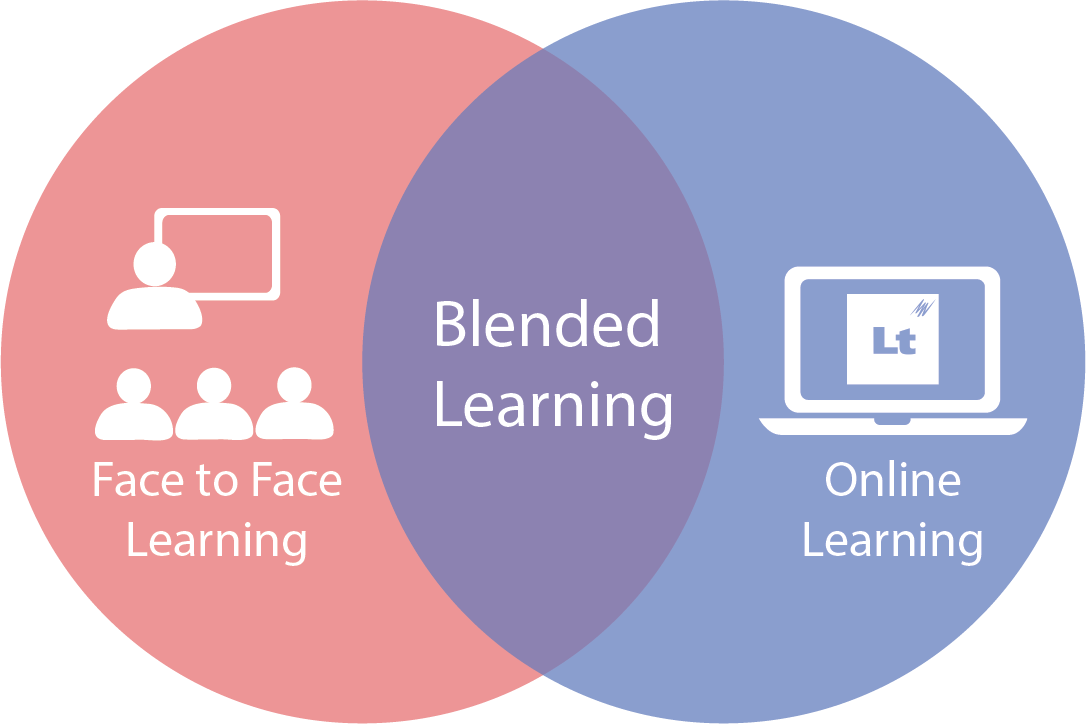
The fun of a blended course is that “you can mix it up, depending on the class," Patricia says.
“Over time I have realized that making education more accessible is very important. Our students all work part-time and some full-time, so we need to use different teaching modalities to ensure they can finish their degrees.”
Teaching brings fulfillment
The best part of teaching for Patricia is seeing that students are beginning to understand tough concepts, which are common in a discipline like physiology. In particular, Patricia loves teaching the non-science majors, who come from a variety of academic backgrounds. “I love getting them excited about science and making it accessible to them - increasing their science literacy.”
Using Understand Your Physiology and clinical cases to engage students
In 2020, as COVID-19 spread rapidly around the world, Patricia seized the opportunity to offer an asynchronous clinical pathophysiology course in the Fall using ADI's online learning platform, Lt, and the Understand Your Physiology resource.
It was good timing: “The students had been asking for more asynchronous upper-level science courses, so the pandemic provided that opportunity.”
During a visit to Dunedin, New Zealand, Patricia sat with the late Emeritus Professor Tony Macknight, author of the Understand Your Physiology resource, and discussed how it could be used to engage students online.
What is Understand Your Physiology?
Understand Your Physiology (UYP) is an online, active-learning resource designed to help students understand physiology.
Key to Patricia’s pathophysiology course are relevant clinical case studies.
The existing Patient Case Studies and Human Physiology Collection, in combination with Understand Your Physiology, meant that Patricia could build a bespoke course from existing material.
Related: Patient Case Studies in Lt »
Relating study to career goals
Clinical cases in Lt let students see how what they are learning relates to their futures
“The goal for this course is that students learn a variety of causes of disease, how they manifest themselves, and their treatments. With the case studies, students see the impact on the individual and sometimes even the impact on their family.”
The pathophysiology students liked that the clinical cases showed real patients telling their personal stories, and felt that the Understand Your Physiology resource was relevant to the rest of their course material.
Importantly, the digital questions gave them room to fail. Understand Your Physiology contains 3900+ interactive questions, and students are often encouraged to answer questions on unfamiliar topics. This way, students are set up to guess and not worry about getting the answer wrong.
"Students get so stressed out and they don't want to guess. It's important…they should be guessing. Science is really very educated guessing, and not every hypothesis is supported, regardless of careful protocol design.”
Related: Preview an Understand Your Physiology lesson on synapses »
Continuing to use Lt and Understand Your Physiology to boost student outcomes
Patricia will continue to use Lt to teach pathophysiology. “This Fall is the third time I will be running the course for third- and fourth-year students using Lt and Understand Your Physiology.”
Lt might be adopted in other courses too, for example, animal physiology. “My focus is on continuing to find new ways to engage students in learning in all course delivery modalities, including both face-to-face and asynchronous. I also aim to collaborate with new research partners across the globe.”
Related: Animal Physiology in Lt »
Technology enables creative teaching
When teaching such a complex subject, Patricia takes care to account for students with different academic backgrounds.
She says, “You never know what's going to work with certain students, and so continually finding new ways to teach them really benefits them and it's a lot of fun."
Active learning is key, and restricting the scope of your efforts - by trying one new thing at a time, you can prevent overwhelm, but still engage students with your teaching.
“I like that Lt is intuitive and easy for students to use. I also appreciate that Understand Your Physiology can be customized - faculty can select the activities to assign and the method in which they are assessed. I think people don’t always understand that. You can just do whatever you want with it.”
The cost-effective nature of Lt was also a drawcard. “Lt is also low-cost. One of our first motivations was to get away from using a textbook, because the prices have gone up for these, and students don’t buy them."
Start small when introducing tech to your curriculum
Using technology to teach, if you have never tried it before, can be daunting. Patricia recommends that educators “start small by adding technology for one concept, then as your confidence grows, add more technology.”
In general, educators’ attitudes toward technology have changed significantly since Patricia started using tech to teach in 2000. The COVID pandemic has further accelerated technology adoption post-2020, even requiring technophobes to digitize their lectures.
Technology can be used to make life easier, not harder: “It’s practical to be able to teach this way when there’s bad weather, when the teacher is sick…” You can easily modify your content depending on the pace of the course, and you can employ technology both in the lab and outside it.
“This is the beauty of it, we can mix and match, and pick and choose - and that’s a great thing.”
Dr Patricia Halpin,
Associate Professor of Biological Science and Biotechnology,
Department of Life Sciences, University of New Hampshire (UNH).
Patricia teaches biology, biotechnology, physiology, and pathophysiology at UNH. She has used technology to teach since 2000, and is a highly-respected advocate for innovative course and assessment design, including approaches such as team-based learning, dramatization, and asynchronous course delivery. Chair of the Teaching Section of the American Physiological Society, Patricia’s educational research has been published widely.
Read Patricia’s research:
- Halpin, P. (2021). Successfully redesigning a pathophysiology course using the Lt-Understanding Your Physiology platform. The FASEB Journal, 35(S1). DOI: 10.1096/fasebj.2021.35.S1.03171.
- Halpin, P. (2022). Redesigning a face-to-face course to an asynchronous online format: A look at teaching pathophysiology using software that enhances student engagement. Advances in Physiology Education, 46, 339–344. DOI: 10.1152/advan.00031.2022.



